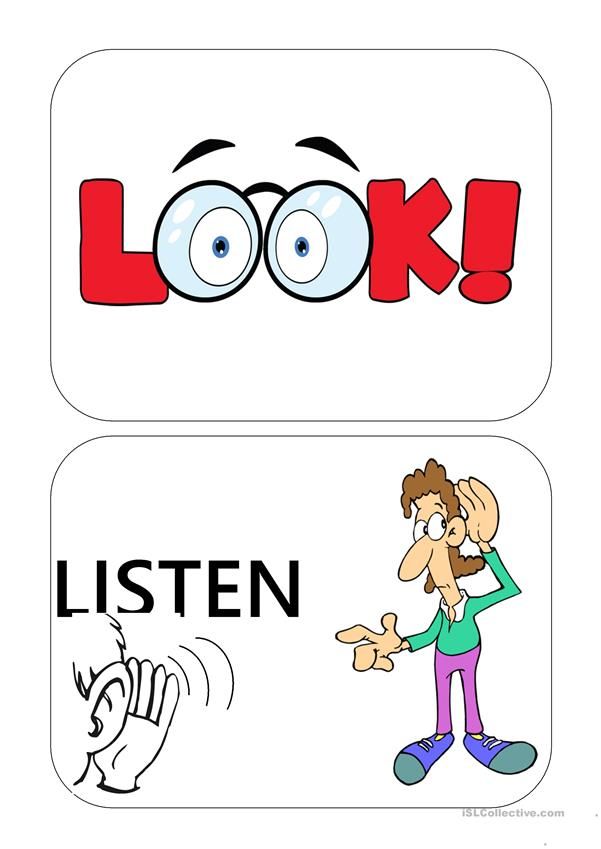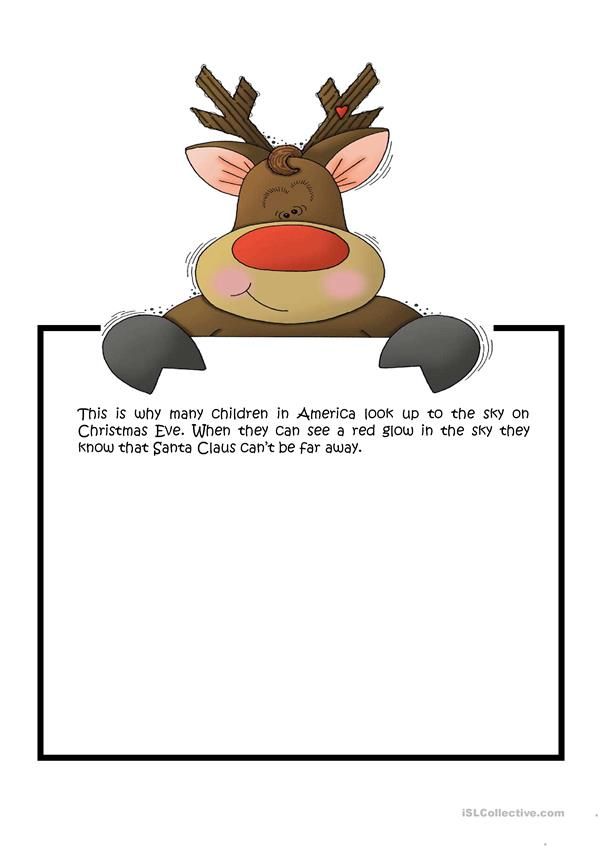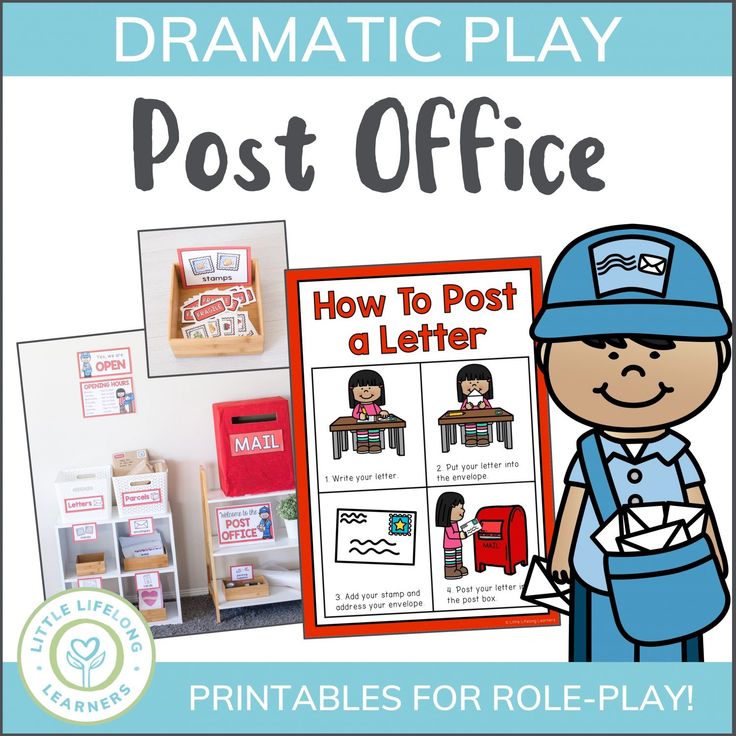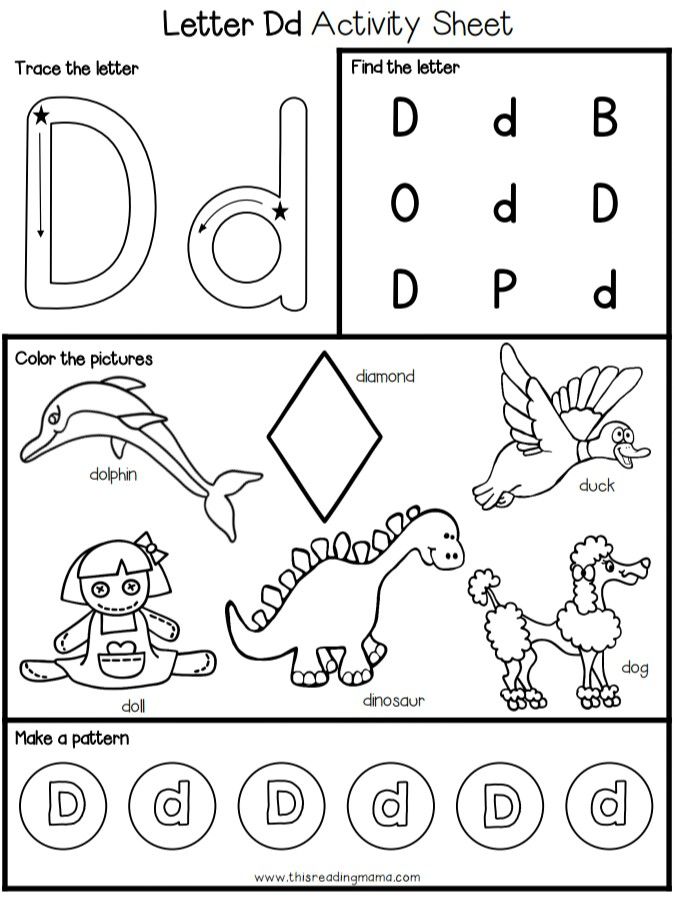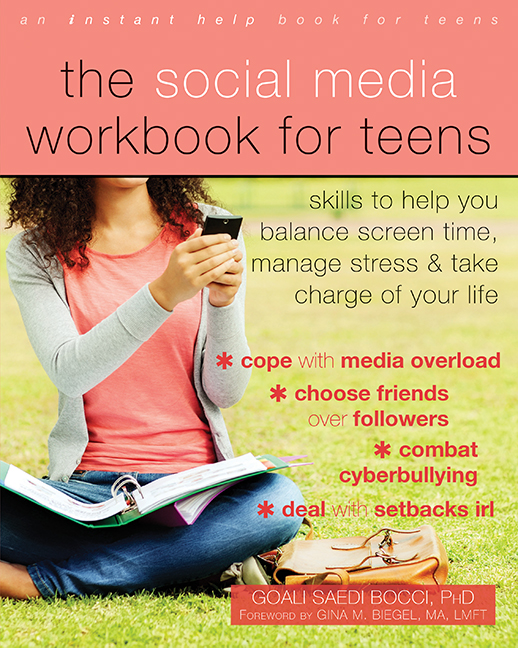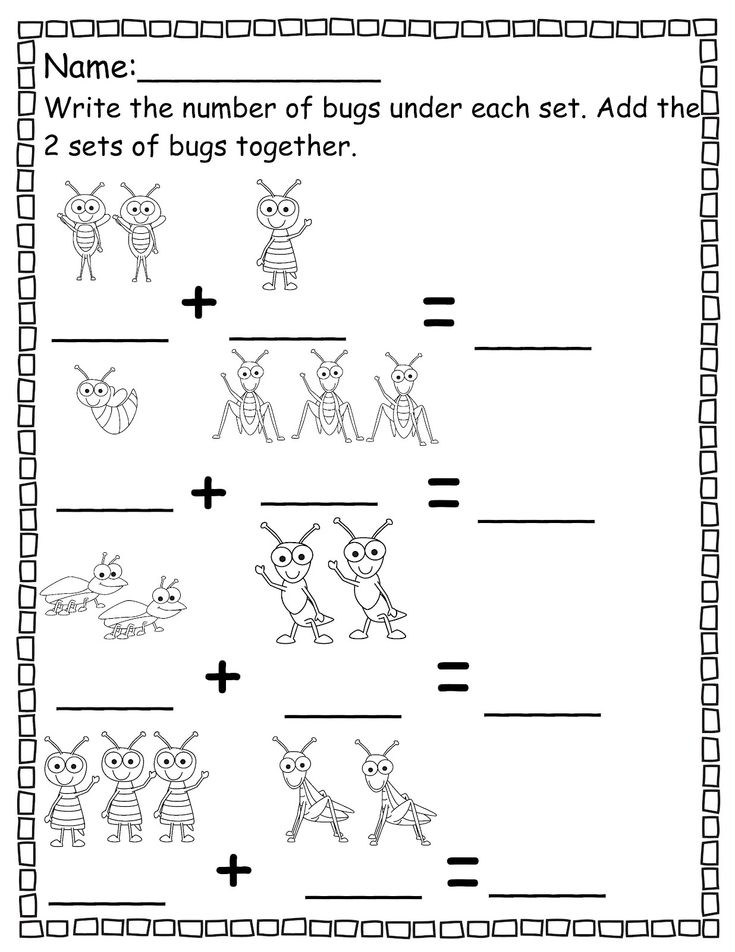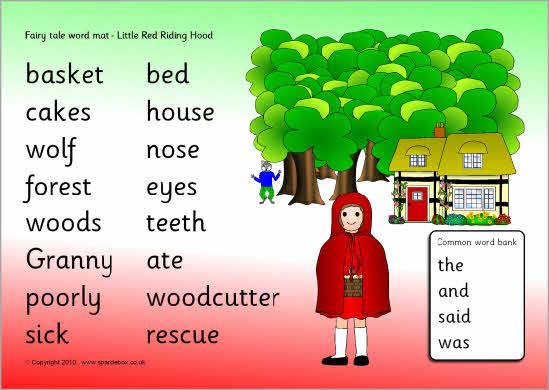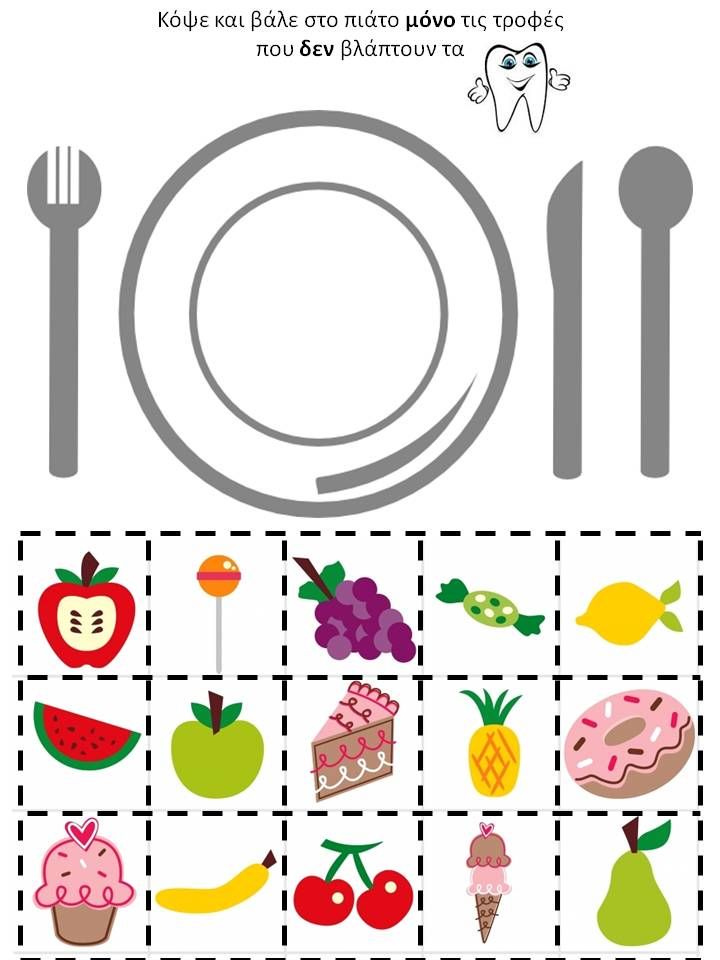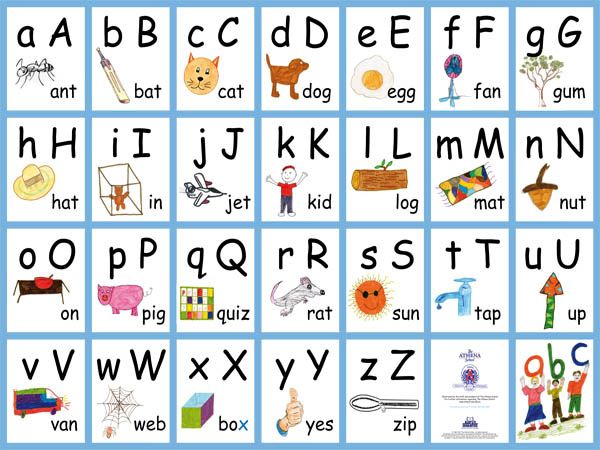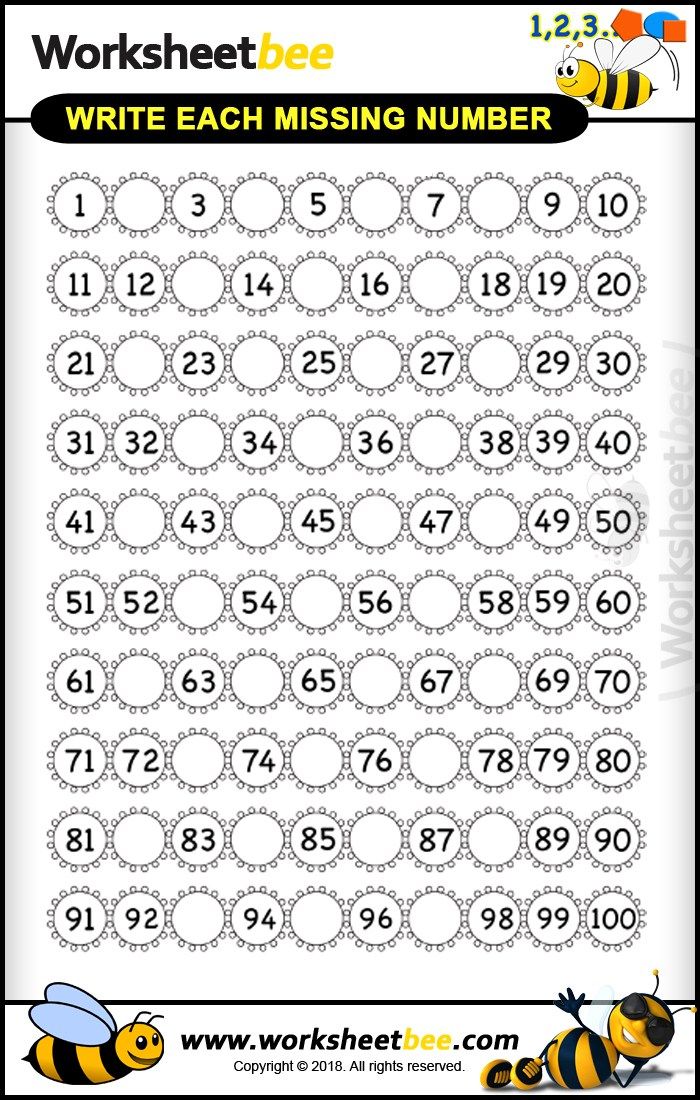Instructions for kids
Requests, instructions & cooperative kids
Requests and instructions: the difference
A request is when you ask your child to do something.
For example, ‘Will you help me fold this washing?’ Or ‘Do you want to wear your coat? It’s cold today’. Your child can choose to say yes or no to a request.
An instruction is when you tell your child to do something.
For example, ‘Please help me fold this washing now’ or ‘Please put your coat on when we go out’. This tells your child what you want them to do and when. You’re not giving your child the option of saying no.
It’s important to be clear about whether you’re asking or telling your child to do something. If you say something like, ‘Why can’t anyone help me tidy up in here?’ it’s harder for your child to know what to do. Your child might not know whether you’re asking for their help, telling them what to do, or complaining that no-one is helping.
Requests or instructions?
Instructions and requests are both important, and it’s best to use a mix of instructions and requests.
Instructions are often important for safety – for example, ‘Hold my hand while we cross the road’. And learning to follow instructions helps your child prepare for preschool and school. But children can feel overwhelmed if there are too many instructions. They might also be more likely to challenge instructions if there are too many.
Requests give your child choices and a sense of control, which might make your child more likely to cooperate.
So try using requests more often than instructions.
Giving effective instructions: ideas
Here are ideas for giving instructions in a way that encourages your child to cooperate.
Ensure you have your child’s attention
If you get your child’s attention, you can make sure they’re listening to instructions. You can do this by:
You can do this by:
- moving in close – within 2 metres is ideal
- getting down to your child’s eye level
- using your child’s name
- using a low and calm voice.
Use clear language
Instructions should be clear, short and appropriate for your child’s age. For example, for a toddler you might say ‘Please put the blocks in the box’. But for a 5-year old you could say, ‘Please put the blocks in the box, and put the box on the shelf’.
Give only one instruction at a time, especially for younger children.
Be positive
Positive instructions help your child succeed because they tell your child exactly what you want them to do. For example, say, ‘Please chew with your mouth closed’ instead of ‘Don’t eat like that’.
Include options
This can increase the chances of your child doing what you ask, because it gives your child some choice. For example, ‘Get ready for your bath please.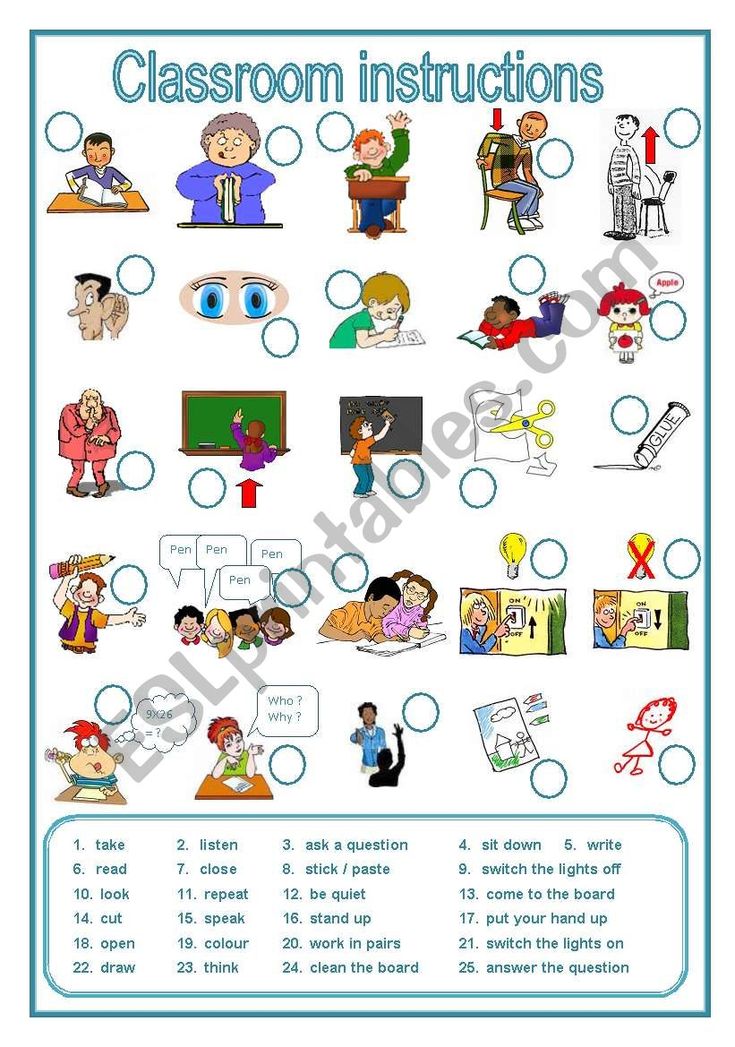 Do you want bubbles or no bubbles?’ Or ‘It’s time to get dressed. Do you want to wear the red pants or the blue ones?’
Do you want bubbles or no bubbles?’ Or ‘It’s time to get dressed. Do you want to wear the red pants or the blue ones?’
Ask your child to repeat instructions
When you first give your child an instruction, it’s a good idea to ask them to say it back to you. This gives you the chance to check that your child has heard and understood what you want them to do.
Over time, as your child learns to respond to the instruction, you probably won’t need to ask your child to repeat the instruction unless they stop following it.
Be prepared to repeat yourself
Children often need reminders. For example, ‘Sam, I’m telling you again. Please put your shoes on now’.
You can try adding an incentive or reason for your child to do as they’re told. For example, ‘If you put your shoes on quickly, we’ll have more time at the park’. For a younger child you might say, ‘First shoes, then park’.
Use consequences for children over 3 years
If your child aged over 3 years won’t follow your instructions, you can use consequences.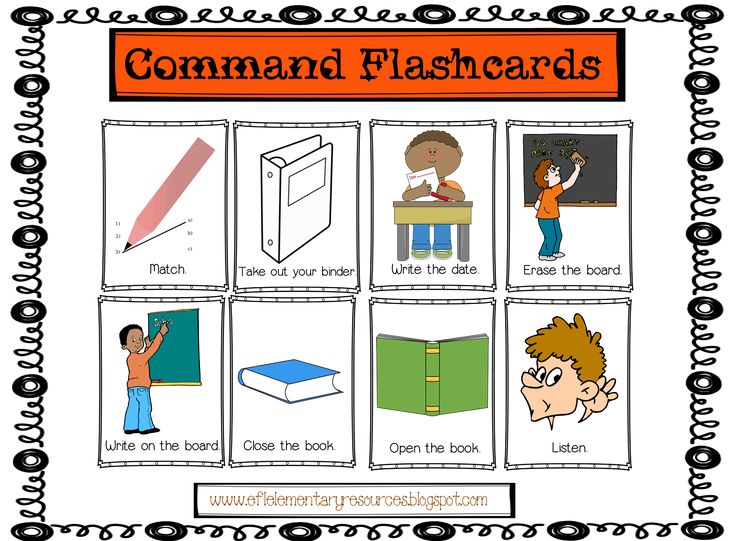 For example, ‘Please put your other toys away before I get out the paints’. The consequence might be no painting – very boring! – until your child tidies up.
For example, ‘Please put your other toys away before I get out the paints’. The consequence might be no painting – very boring! – until your child tidies up.
If you’re firm and consistent your child will learn that sometimes they need to do things they don’t want to do to help your family, get praise, avoid discomfort or get what they want. This is an important step in developing self-regulation and independence.
Helping your child learn to cooperate with requests and instructions
It can take time for children to learn to cooperate with instructions and requests. These ideas might help things along:
- Keep using the same, familiar words – for example, ‘Listen Jamie’, ‘You need to’ and ‘Now please’. These words act as cues, and eventually your child will understand.
- Give your child praise and encouragement and positive attention when they do cooperate – for example, ‘Great job with folding the clothes. I couldn’t have done it without you’.
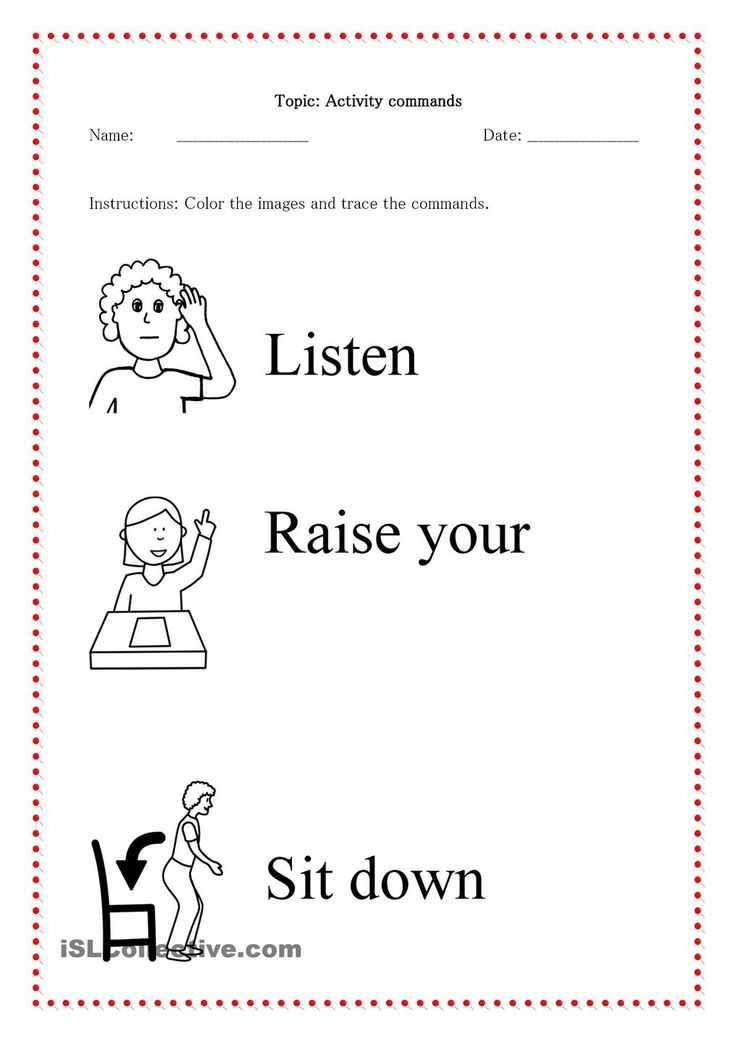
- Set up daily routines. A routine can help your child get through repetitive daily tasks. Routines can be particularly helpful for young children and children with additional needs.
- Try engaging your child in tasks by making them fun or part of a game. For example, ‘Beat the buzzer’ is a game that can help children get ready and out the door in the morning.
- Work with children to get things done. Children are more likely to cooperate if they see others responding to a request or following an instruction.
Why your child might not cooperate
If your child isn’t cooperating, it might be because you’re expecting more than they can do. You might need to help your child learn skills or show them how to do things so they can cooperate.
There might be a good reason why your child won’t do what you’re asking – for example, because they feel unwell, tired or scared. Asking an over-tired and hungry child to clean up their room probably isn’t going to work.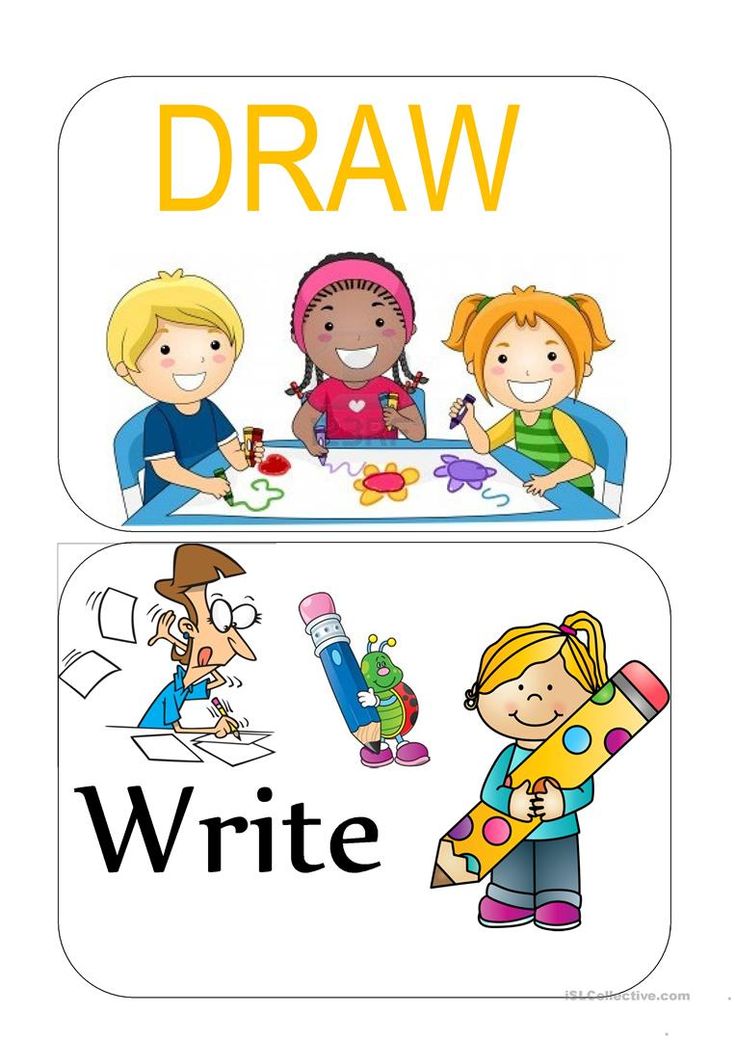 If your child isn’t cooperating for a good reason, you might need to change your instruction so your child is more likely to cooperate. For example, ‘After dinner, I want you to clean up your room’.
If your child isn’t cooperating for a good reason, you might need to change your instruction so your child is more likely to cooperate. For example, ‘After dinner, I want you to clean up your room’.
Sometimes children go through phases of refusing to cooperate at all. This is common. Your child’s behaviour will change as they develop. Try to be consistent, firm and loving and focus on getting your child to cooperate on the important things, like safety.
If your child has additional needs, it’s helpful to coach other people – for example, older siblings, extended family members and neighbours – so they know how to give your child effective requests and instructions.
Boys Town: Saving Children, Healing Families, Parenting Tips
It looks like your browser does not have JavaScript enabled. Please turn on JavaScript and try again.
- Get your child's attention
- Be clear and concise
- Give one instruction at a time
- Be positive
- Don't ask, tell
- Reward compliance
Giving Clear Instructions to Children
Does getting your child to do something feel like an impossible task? One of the reasons may be the way you're giving an instruction.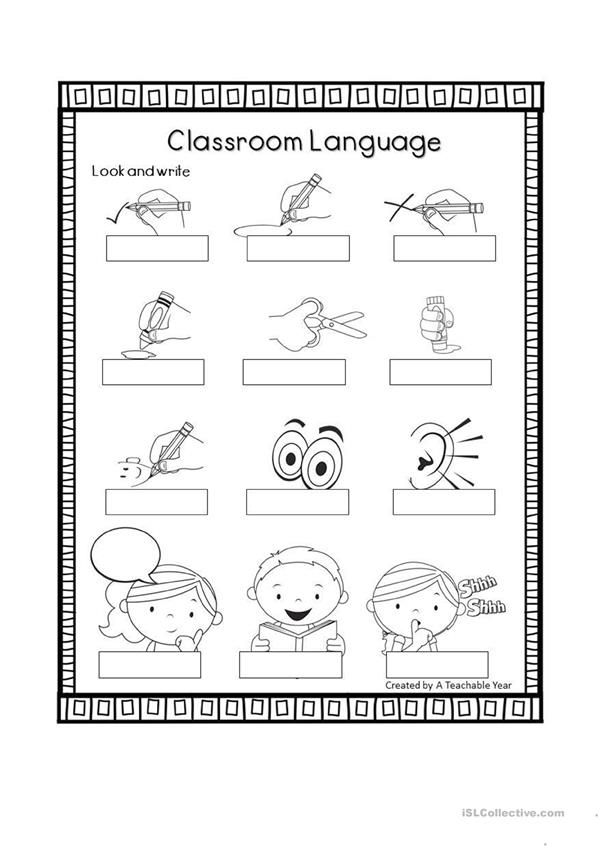 Children are not necessarily receptive to the types of verbal instruction we use with our spouse, colleagues or other adults. Instructions for children must be given so they can clearly understand what you want them to do.
Children are not necessarily receptive to the types of verbal instruction we use with our spouse, colleagues or other adults. Instructions for children must be given so they can clearly understand what you want them to do.
Here are some helpful hints on how to give kids instructions that will make you and your child more successful.
- Get your child's attention – Make sure you have your child's attention before giving an instruction. You should be within three feet of your child so you can talk in a normal or calm voice. This helps your child know that you are talking to him or her. You can get your child's attention by calling his or her name, making eye contact or turning the lights off and back on.
- Be clear and concise – Instructions should be short and to the point, the fewer words the better. A good guide is to use one word for each year of your child's age. For example, an instruction for a 2-year-old might be “Shoes on." For a 5-year-old, it might be “Go get your shoes on.
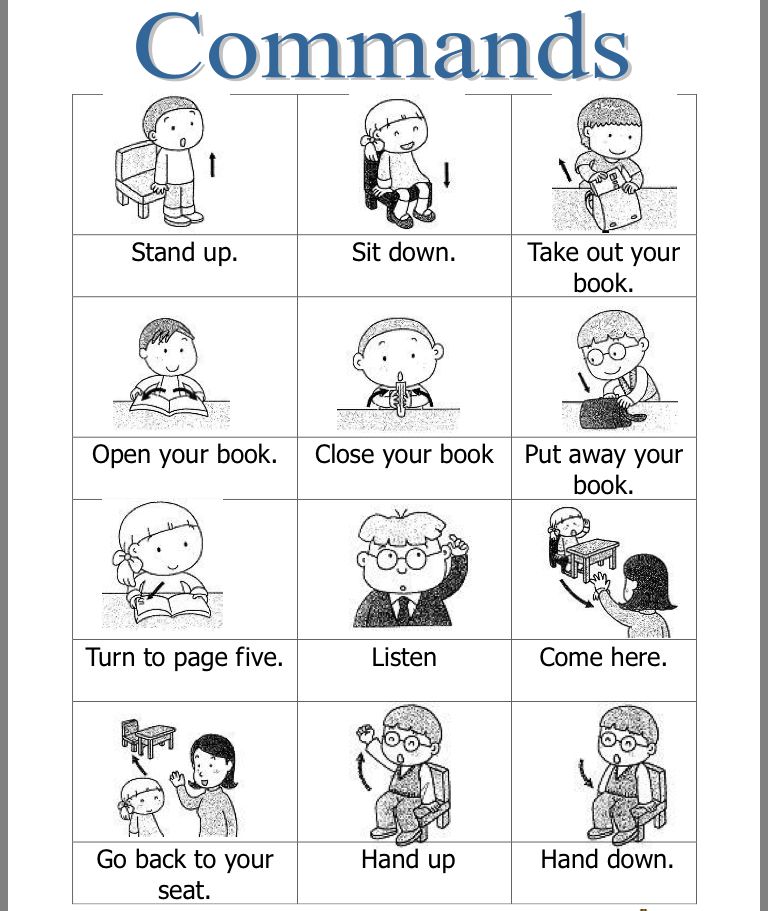 " If you use too many words, it makes it difficult for the child to know what is expected. Also, avoid using vague words in your instructions.
" If you use too many words, it makes it difficult for the child to know what is expected. Also, avoid using vague words in your instructions. - Give one instruction at a time – Do not give your child a long list of instructions. When you give more than one instruction at one time, your child may forget, not understand or feel overwhelmed.
- Be realistic – Give your child instructions you know he or she can follow. For example, do not expect your 3-year-old to get completely dressed by himself or herself.
- Be positive – Let your child know what you want him or her to do rather than not to do. When you only describe a negative behavior like “Don't run," you still leave many other options available (skipping, hopping, etc.). Instead, telling your child “Walk, please" eliminates any other options.
- Don't ask, tell – Do not ask your child to do something. Instead, tell your child in a firm but pleasant voice what you want him or her to do.
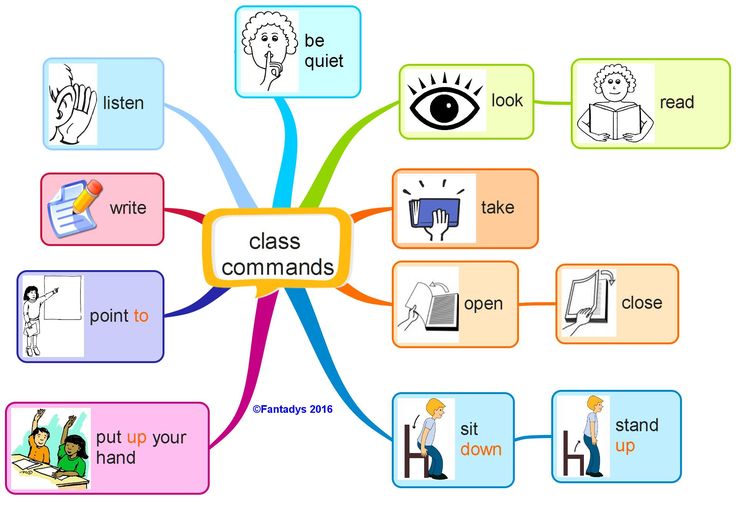 Do not say “Will you go brush your teeth?" This implies that your child has a choice. Instead, say “Go brush your teeth."
Do not say “Will you go brush your teeth?" This implies that your child has a choice. Instead, say “Go brush your teeth." - Reward compliance – Praise your child when he or she does a good job following an instruction. The more praise you give, the more likely your child is to follow your instructions in the future.
Examples of Clear Instructions:
- “John, give me the truck.”
- “Lindsey, go wash your hands.”
- “Dylan, look at the book.”
- “Taylor, put three blocks in the bucket.”
- “Jessie, walk next to me.”
Examples of Poor Instructions:
- “Be careful.” (Too vague)
- “Can you put your toys away?” (Don't ask, tell)
- “Go upstairs, wash your face, brush your teeth and go to bed.” (Too many instructions)
- “Okay, I think it is time for you to go to bed.” (Too many words)
- “Don't run in here.” (Negative and too vague)
- “Stop horsing around!” (Negative and too vague)
It looks like your browser does not have JavaScript enabled.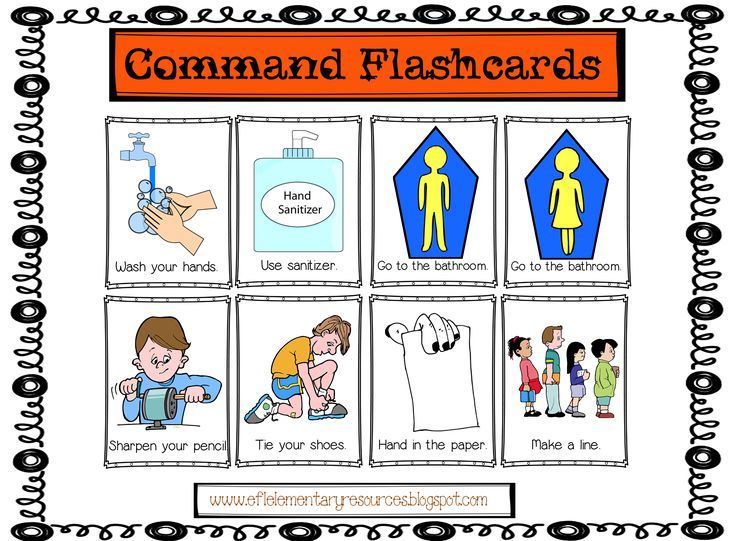 Please turn on JavaScript and try again.
Please turn on JavaScript and try again.
It looks like your browser does not have JavaScript enabled. Please turn on JavaScript and try again.
Tags
- How To Communicating with Children Teachable Moments
Instructions for preschool pupils | Kindergarten
This section is devoted to labor protection and safety for kindergarten students during their stay in a preschool educational institution and outside it.
It is obligatory for educators to provide briefings on labor protection and safety for pupils of preschool educational institutions
Conducting such briefing in the children's team is in the form of conversations using drawing elements, with the help of colorful presentations and in a playful way. nine0003
A package of instructions for pupils in preschool educational institutions
The package includes 54 instructions in *.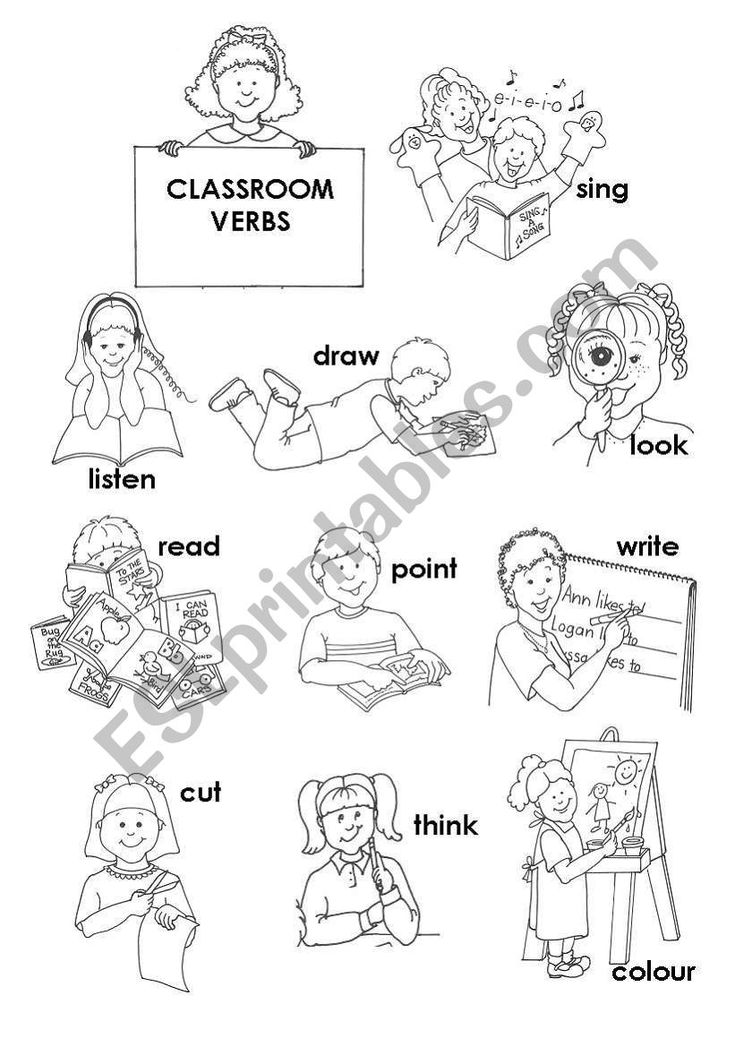 doc format, which is fully compatible with all major text editors: Microsoft Word, Open Office Writer, Libre Office Writer.
doc format, which is fully compatible with all major text editors: Microsoft Word, Open Office Writer, Libre Office Writer.
Small instructions on labor protection in the classroom and during the performance of work, according to the rules for the safe behavior of pupils of preschool educational institutions during game and sports activities. Fire safety instructions. Traffic rules for children. nine0003
Update:
02/11/2021
View package
This briefing on the prevention of tick bites is carried out with pupils of the preschool educational institution in early spring during the period of special activity of these insects.
All children should be familiarized in the form of a conversation with the safety rules when a tick is found on the body or clothes, know what to do in this case and who to contact for help.
nine0010 Acute respiratory viral infections (ARVI) - diseases that are transmitted by airborne droplets and are caused by various viruses (adenoviruses, coronoviruses, influenza viruses, parainfluenza, respiratory sensitive viruses and others).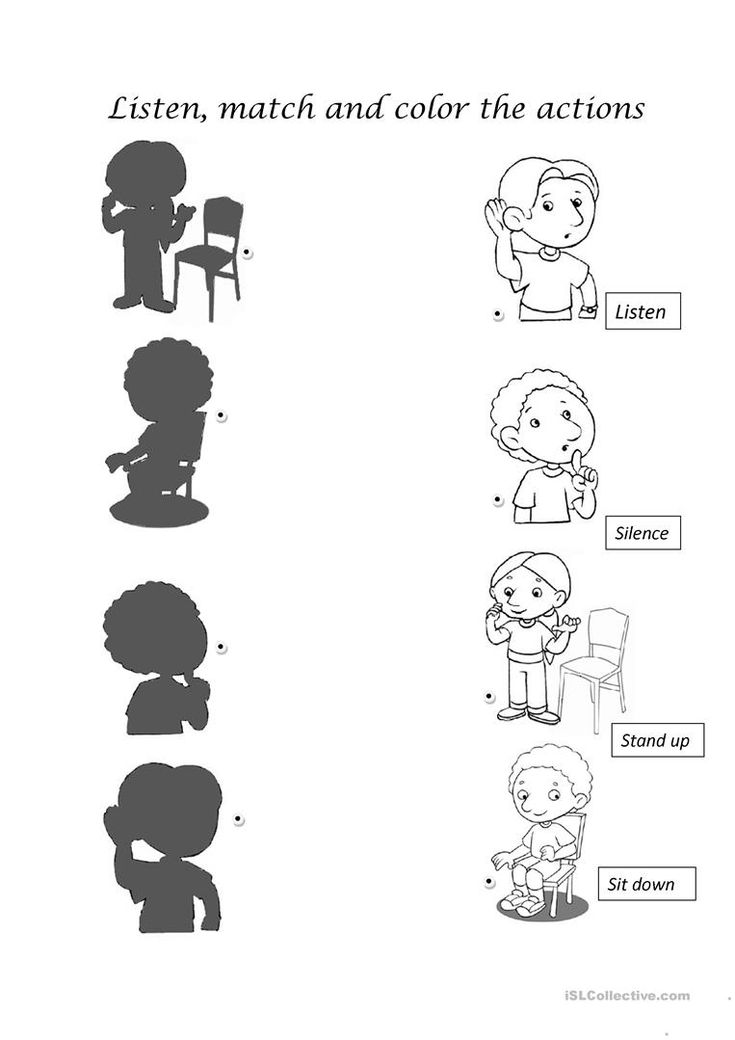
In general, the causative agents of acute respiratory viral infections are transmitted from person to person through coughing or sneezing of the patient. Any person in close (approximately 1 meter) contact with another person with symptoms of SARS (fever, sneezing, coughing, runny nose, chills, muscle pain) is at risk of exposure to potentially infectious inhaled droplets. Viruses can enter the body (in the eyes, nose or mouth) through the hands when in contact with an infected surface. nine0003
Spring is the time of the spring flood. The ice on the rivers becomes loose, “eaten” from above by the sun, melt water, and from below it is undermined by the current. It is very dangerous to walk on it: at any moment it can crumble with a hiss underfoot and close over your head. Ditches and holes are dangerous at this time, because there can be traps in them - pits, wells.
But spring floods are more dangerous for children.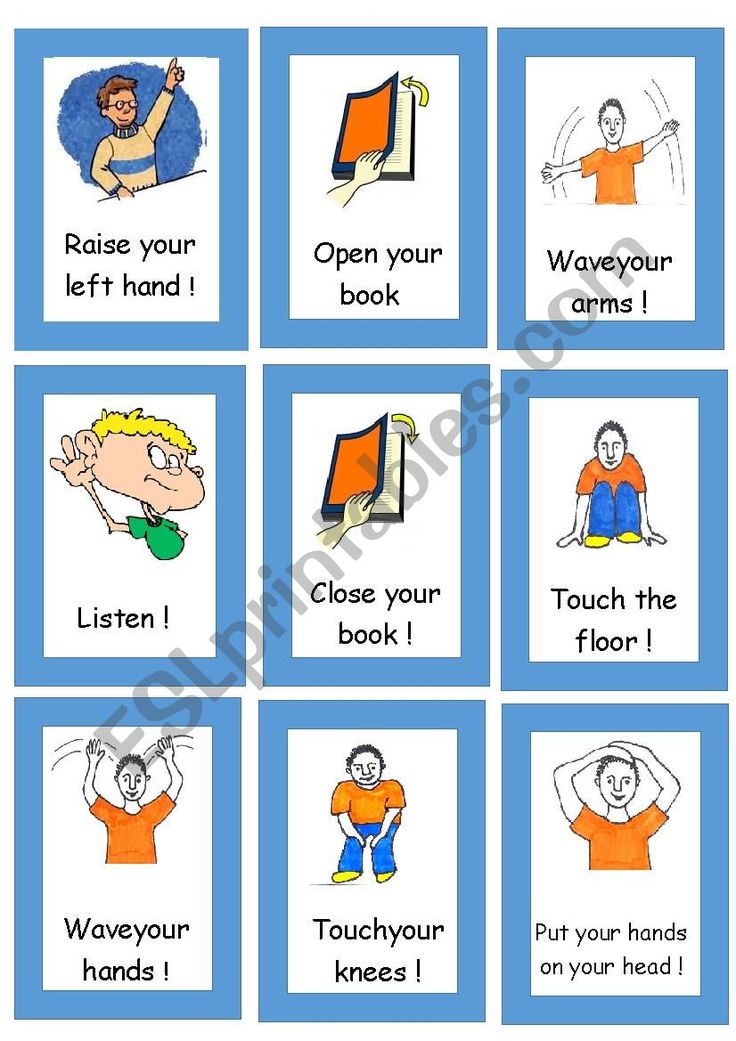 Left unattended by parents and elders, not knowing the security measures, because. the child's sense of danger is weaker than curiosity; they play on a steep bank, and sometimes ride on the ice floes of a reservoir. Some of the teenagers manage to fish while on fragile ice. nine0003
Left unattended by parents and elders, not knowing the security measures, because. the child's sense of danger is weaker than curiosity; they play on a steep bank, and sometimes ride on the ice floes of a reservoir. Some of the teenagers manage to fish while on fragile ice. nine0003
Already in early childhood, kids understand what a holiday is, and they want to have a lot of holidays. In kindergarten, children are looking forward to the next matinee. Holidays are, first of all, the ability to rejoice oneself and to please everyone who is nearby. However, it is during the holiday, when the behavior of children is at the peak of emotions, that it is especially easy to get injured and spoil the mood. Therefore, it is important to pre-instruct the children in the group before the start of the activity, so that they know how to behave. nine0003
The presented instruction on the rules of safe behavior of kindergarten students when playing in the sandbox is designed to prevent injuries to children during a walk.
This instruction on the rules for the safe behavior of children when playing with sand in the sandbox of the playground is introduced by the teacher of the kindergarten group.
The presented instruction on the rules for the safe behavior of kindergarten students when playing with soap bubbles is designed to prevent injuries to children during educational experiments and the use of soap solutions. nine0003
The teacher of the group introduces this instruction on safety rules when using soap solutions for blowing soap bubbles to kindergarten children.
The presented instruction on the rules of safe behavior of kindergarten students on the swings of an outdoor playground is designed to prevent injuries to children during a walk.
With this instruction on the rules of safe behavior (safety) for children of a preschool educational institution (kindergarten) when riding on a swing, the teacher of the kindergarten group introduces the children.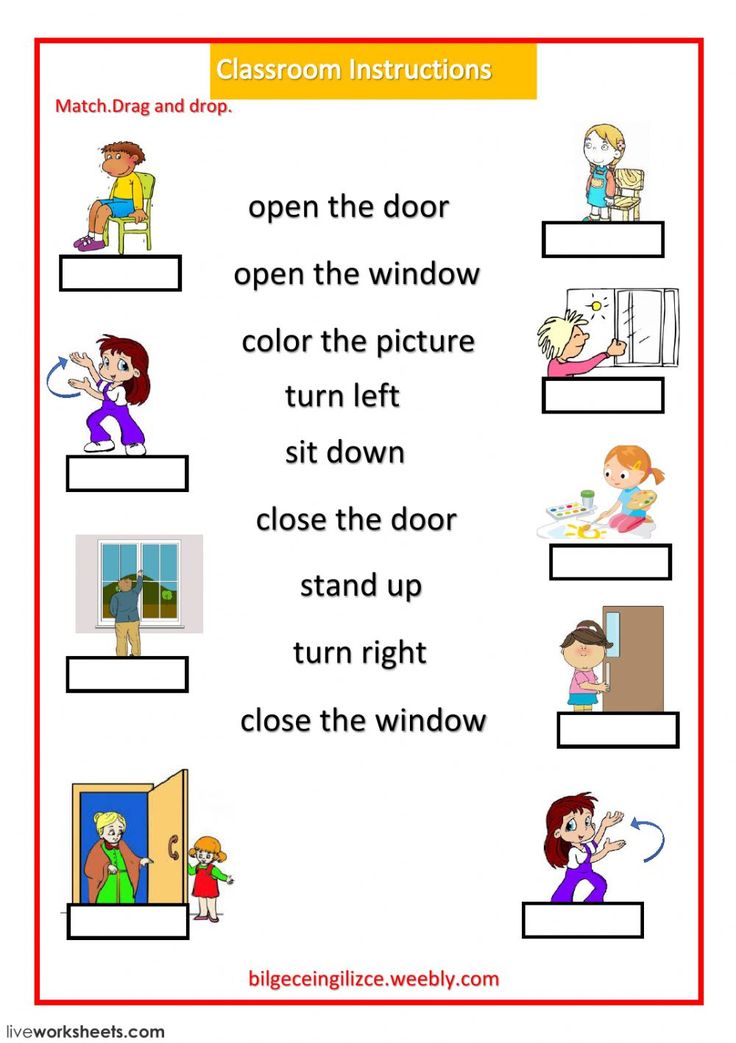 nine0003
nine0003
These fire safety regulations are designed for children during their stay at home in the event of a fire. These fire safety rules in a house (apartment) determine the rules for the behavior of children and their actions in case of a fire at home in the kitchen, in the bedroom (living room), in the living room.
The teacher of the group introduces this instruction on the rules of safe behavior (safety) for kindergarten students in the event of a fire at home in the form of a conversation. nine0003
The presented instruction on the rules of safe behavior for kindergarten students and children of primary school age when riding from a snowy hill in the winter season was drawn up to prevent injuries to children during a walk.
With this instruction on the rules of safe behavior (safety) for children of a preschool educational institution (kindergarten) when riding down a hill, children are introduced by the teacher of the kindergarten group.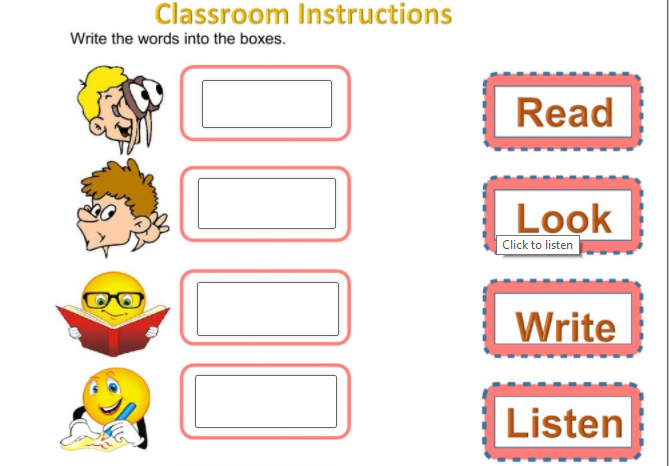
With this instruction on the rules of safe behavior (safety) for children of a preschool educational institution (kindergarten) when riding down a hill, children are introduced by the teacher of the kindergarten group.
Pages
- 1
- 2
- 3
- 4
- 5 nine0063 6
- ›
- »
Instructions on safety rules for children preschool educational institution
This section is devoted to the rules of safe behavior for pupils of a preschool educational institution (kindergarten) during their stay in a preschool educational institution.
It is very important for educators to conduct briefings on the rules of safe behavior with pupils in preschool educational institution (kindergarten) with elements of drawing, using colorful presentations and in a playful way. nine0003
nine0003
We have developed small instructions on the rules of safe behavior for pupils of preschool educational institution (kindergarten) in a very simple and accessible form. These instructions are recommended to be read and explained to children in the form of a conversation.
Instructions on safety rules for pupils of preschool educational institution
Conducting briefings on the instructions provided on the rules of safe behavior and safety precautions for pupils of a preschool educational institution (kindergarten) is mandatory for teachers of a preschool educational institution. nine0003
1. Instruction on safety rules in the kindergarten (introductory briefing)
2. Instruction on the safety rules for children in the context of a new coronavirus infection
3. Instruction on the safety rules in the playroom
4. Instruction on the safety rules in the bedroom
5. Instruction on the rules safety in the music hall
Instruction on the rules safety in the music hall
6. Safety instructions in the speech therapist's office
7. Safety instructions in the defectologist's office
8. Safety instructions in the medical office
9. Safety Instructions for Eating
10. Safety Instructions for Washrooms and Toilets
11. Instructions for Child Safety When Brushing Teeth
12. Safety Instructions for Dressing in Locker Rooms
13. Instructions for Rules safety when handling the door
14. Safety instructions for descending and ascending flights of stairs
15. Safety instructions for working with plasticine, clay
16. Safety instructions for playing and experimenting with sand and water
17. Safety instructions for working with a pen, pencil and felt-tip pen
18. Safety instructions for working with a brush and paints
19. Safety instructions for working with a brush and paints when working with a needle
20. Safety instructions for working with scissors
21. Safety instructions for working with glue
Safety instructions for working with glue
22. Safety instructions for working with material for the development of fine motor skills
23. Instructions for safety rules when working in a corner of wildlife
24. Instructions for safety rules for working in the garden
25. Instructions for safety rules for conducting physical education classes
26. Instructions for safety rules for conducting gymnastics classes
27
28. Safety instructions for athletics and outdoor games
29. Safety instructions for sports competitions
30. Safety instructions for classes using electronic learning tools (ETS)
31. Safety instructions for the use of gaming equipment and inventory
The presented safety instructions will protect the pupils of the preschool educational institution from possible injuries both in the kindergarten and on its territory, and on the street, and at home, they will warn against accidents, and save their health. nine0003
nine0003
Instructions on the rules of safe behavior
Kindergarten teachers need to study with pupils instructions on the rules for the safe behavior of preschool children in everyday life, public transport, when unfamiliar and dangerous objects are found, when communicating with strangers, on the street and in public places. Also, it is very important to explain to the pupils the rules of behavior on water, on ice, with fire, during a thunderstorm and in the forest. nine0003
32. Instructions for the safety rules for pupils in everyday life (at home and in the yard)
33. Instructions for the rules for the safe behavior of children on the road
34. Instructions for the safety rules for pupils in public transport
35. Instructions for the safety rules for pupils at railway facilities transport
36. Instruction on the safety rules for pupils at water transport facilities
37. Instruction on the safety rules for pupils when explosive objects and substances are detected
38.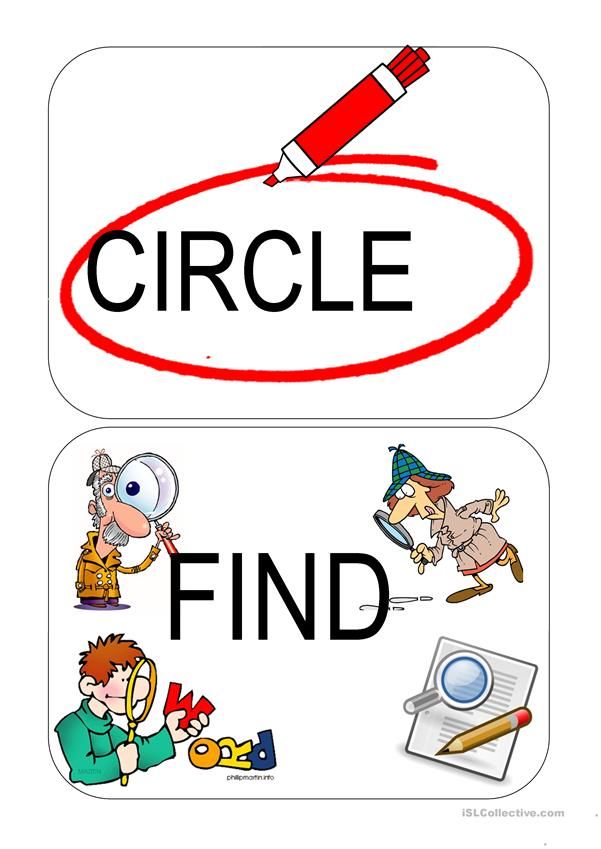 Instructions on the safety rules for pupils with strangers (in a situation of violent behavior of adults)
Instructions on the safety rules for pupils with strangers (in a situation of violent behavior of adults)
39. Instructions for the prevention of crime situations in the yard, on the street, at home and in public places
40. Instructions for the prevention of negative situations in public places
41 Instructions for the safety of pupils on the ice
42. Instructions for the safety of pupils on the water
43. Instructions for the safety of pupils during thunderstorms and lightning
44. Instructions for the safety rules for pupils with fire
45. Instructions for the safety rules for pupils with animals and insects
46. Instructions for the safety rules for pupils with plants and mushrooms
47. Instructions for the safety rules for pupils when walking on the site
48. Instructions on the safety rules for pupils when walking in ice
49. Instructions on the rules for the safe behavior of children when conducting excursions, targeted walks with access to the territory
Instructions on the rules of safe behavior for preschool pupils
Preschool pupils (kindergarten) also need to be told about fire safety, electrical safety, traffic rules, rules of conduct in emergency situations.